Introducing the Muscle Oxygen threshold
A major focus when planning a training program is finding the right intensities to train at, and test if the training plan having the anticipated effect. One of the big questions, especially in endurance sports such as cycling and running, is “what is the highest intensity I can sustain for a long time without fatiguing” e.g. “what is my threshold?”.
Threshold testing is an individual measure that can be used both as a marker of training-effect and as a tool for adjusting training intensity. Normal testing procedures is either finding your lactate threshold or your FTP-estimate (Functional Threshold Power) which both has advantages and disadvantages.
With GRASPOR we are bringing the concept Muscle Oxygen Threshold into use which not only bridges the advantages of lactate threshold and FTP, but also adds new information to your analysis.
Lactate threshold
Measuring lactate from small samples of blood during an incremental step test has long been the accepted means of measuring the anaerobic or lactate threshold.
The threshold marks the point where aerobic processes (a very energy efficient process in which the muscle uses oxygen to create fuel) alone is no longer able to supply the body with the required fuel to sustain an ongoing effort, and anaerobic processes (which don’t need oxygen, but is much less energy efficient) in the muscle starts to increase.
The tests are a great measure to establish the threshold but are slightly invasive and usually performed in lab-like settings in combination with whole body oxygen-uptake measurements. This makes them less accessible and expensive when repeated regularly.
Functional Threshold Power
FTP tests are another way of finding your threshold. The goal of an FTP test is to estimate the power that can be sustained for 60 minutes. The main difference between these two test types is that FTP tests are based on an estimated average, rather than a direct measure like either blood lactate or Muscle Oxygen. The most common method of establishing your FTP is to perform a 20-minute all-out test where your FTP (60-minute power) is calculated as 95% of the average power you sustained for those 20 minutes.
The advantage of the FTP is its accessibility. It is easy to perform by yourself, either on a home trainer or with a power meter on your bike. The downside is that it is an all-out test that is very dependent on a high degree of motivation, as well as being more affected by your actual day form on the test day. This makes it less reliable than the lactate threshold. However, the biggest issue with 20-minute FTP tests is the variation in individual results. As mentioned above, your FTP is considered to be 95% of your 20-minute power, but that percentage could vary between 85-97% individually. Even a slight percentage change could lead to training at the wrong intensities.
Muscle Oxygen Threshold
The technology behind GRASPOR Muscle Oxygen is a well-established method of measuring the working muscle’s oxygen demand, without needles or other invasive procedures.
GRASPOR offers you the same accessibility advantages as the FTP test, making it is possible to test yourself wherever and as often as you like. At the same time, it offers you the accuracy of a lactate threshold test since the Muscle Oxygen measure corresponds to blood lactate levels.
Performing a threshold test with GRASPOR
To determine your Muscle Oxygen Threshold, you can use same type of incremental step test as when performing a lactate threshold test.
To ensure a useful test result, it is essential to standardize the settings around the test. That means; avoid exhausting training 1-2 days before the test, ensure a similar diet and preparation and perform the test in the same place every time.
We recommend you do an easy warm-up protocol before you begin the test, as this improves the analysis. The warm-up should be around 25 minutes with a few efforts. You can find our suggestion for a good warm-up, here.
The test protocol is a traditional step test, with an increase in intensity every 4 minutes. In this example you should increase the resistance by 30 watts after every 4-minute step. Continue the test until exhaustion.
We recommend that you sit down with your hands on the handlebar during the entire test, and that you use the “LAP” function in the app to after every 4-minute step to make it easier to interpret the results afterward.
An example of a test protocol is seen below:
| STEP | TIME OF START (IN MINUTES) | WATTS |
| 1 | 0 | 150 |
| 2 | 4 | 180 |
| 3 | 8 | 210 |
| 4 | 12 | 240 |
| 5 | 16 | 270 |
| 6 | 20 | 300 |
| 7 | 24 | 330 |
| 8 | 28 | 360 |
If you do not reach your threshold after completing this protocol, you should start the test at a higher load. If you know your threshold in terms of watts, you should aim to ride at that intensity during step 6. You can use the GRASPOR threshold test to identify your training zones, as well as track improvement from the last test you performed.
Finding your Muscle Oxygen threshold and training zones
After completing the test, you can use the full-screen graph in the app to analyze your threshold. To determine your Muscle Oxygen threshold, you need to identify the step where your Muscle Oxygen level drops and does not stabilize during the subsequent 3 minutes.
If you wish to relate your threshold test to power zones, follow the guidelines below to determine your 6 power zones:
Zone 1 – Active recovery
Zone 2 – Endurance
Zone 3 – Tempo
Zone 4 – Anaerobic Threshold (AT)
Zone 5 – Vo2MAX
Zone 6 – Neuromuscular.
To find zone 1, you will need to locate the first drop below baseline in your Muscle Oxygen. Your baseline is the level your muscle oxygen levels at, after the warm-up, while riding steadily.
When you begin the test, it is normal to see a drop and then a slight rise in your Muscle Oxygen, before it settles on a steady level. Depending on your fitness and the intensity at which you started the test, zone 1 could stretch over 1-2 steps. You can find the zones with the blue arrows below.
Once you increase the intensity and experience a drop in your Muscle Oxygen, you go from zone 1 to zone 2. This drop marks the beginning of zone 2. Following this drop, your muscle oxygen should stabilize during the next step.
Next is zone 3. When you reach the next increase in load and a new step will begin, you will experience a drop in your Muscle Oxygen again. This drop signifies your transition from zone 2-3. The drop will typically be larger than that from zone 1 to 2, but it will still stabilize during the 4-minute step.
Duing the next step, and another intensity increas, the next drop will indicate you have reached your Muscle Oxygen threshold.
It is easy to determine your zone 4, as during this step in the test, your Muscle Oxygen won´t reach a stable level and will continue to drop.
Zone 5 is the next. This zone is identified by your Muscle Oxygen not stabilizing or even beginning to rise slightly.
To translate your Muscle Oxygen level in each zone to power zones and a power threshold, simply identify each zone and read off the power generated at that step.
The threshold test results provide you with a great basis for managing your training efforts. Training based on these zones is a fast way to improve the quality of your workout.
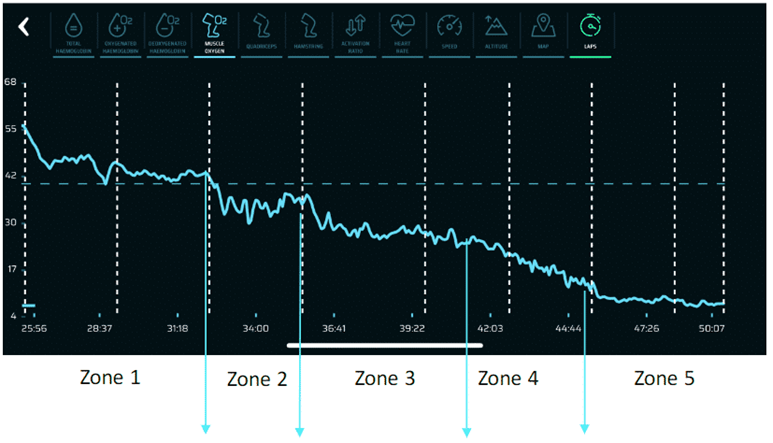








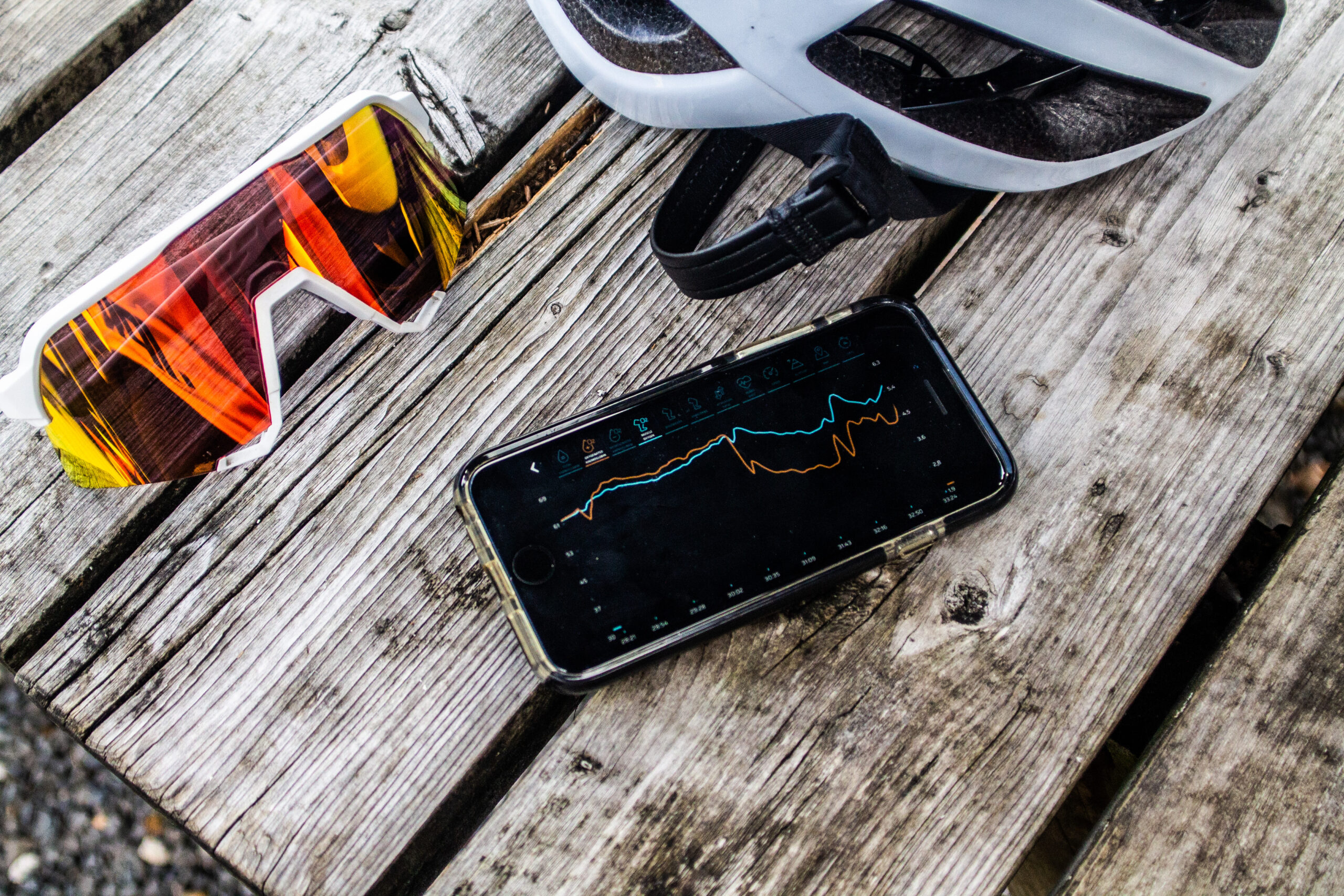
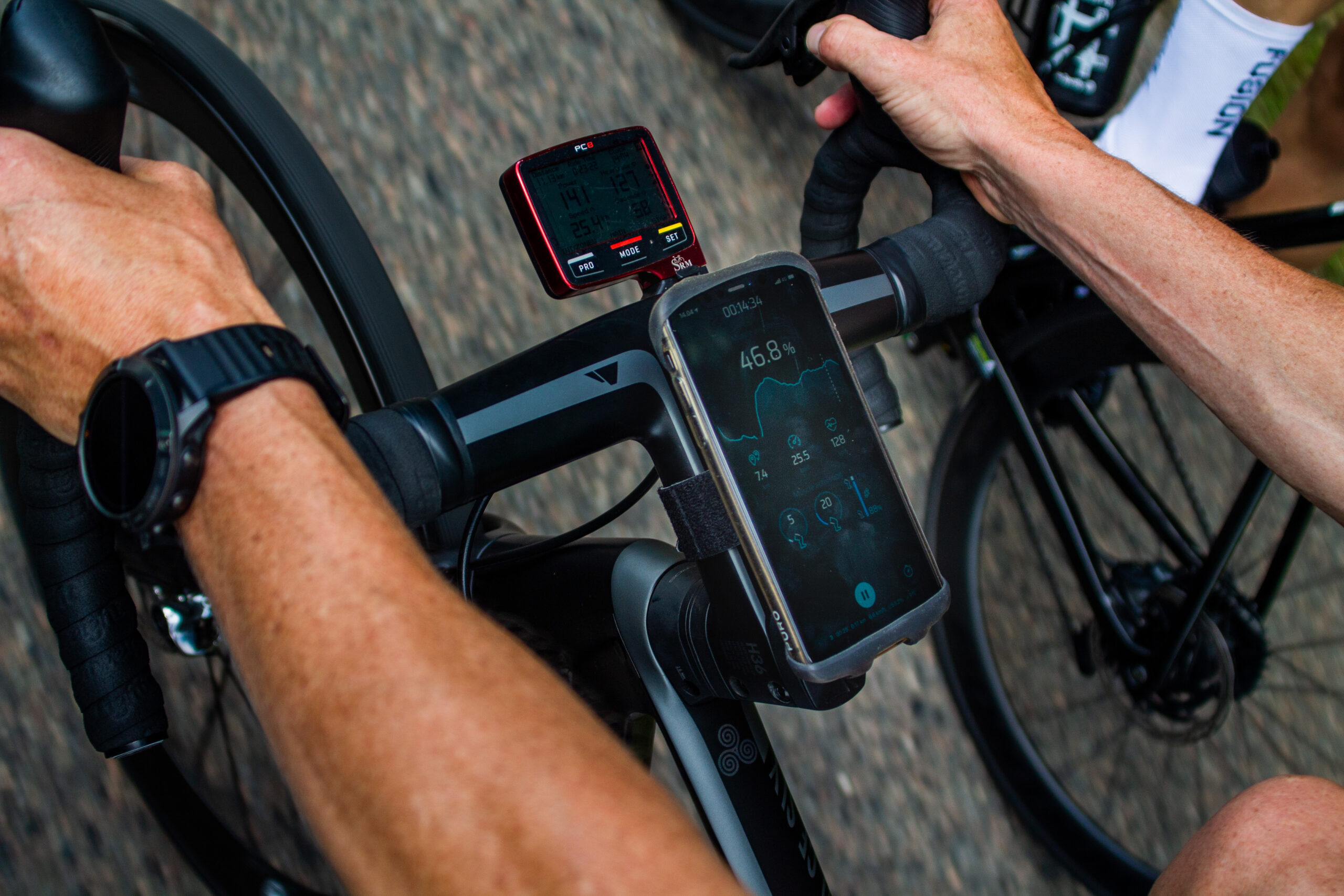
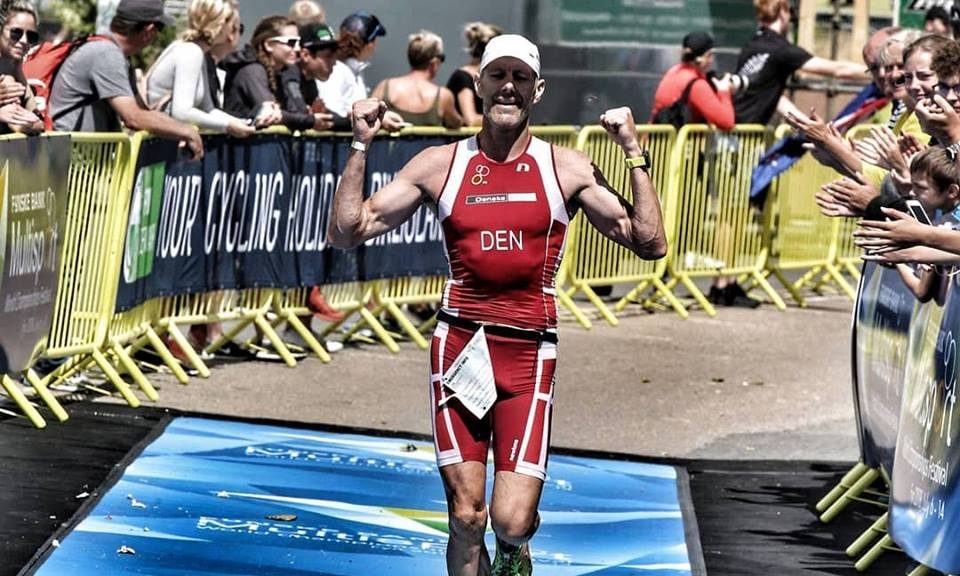


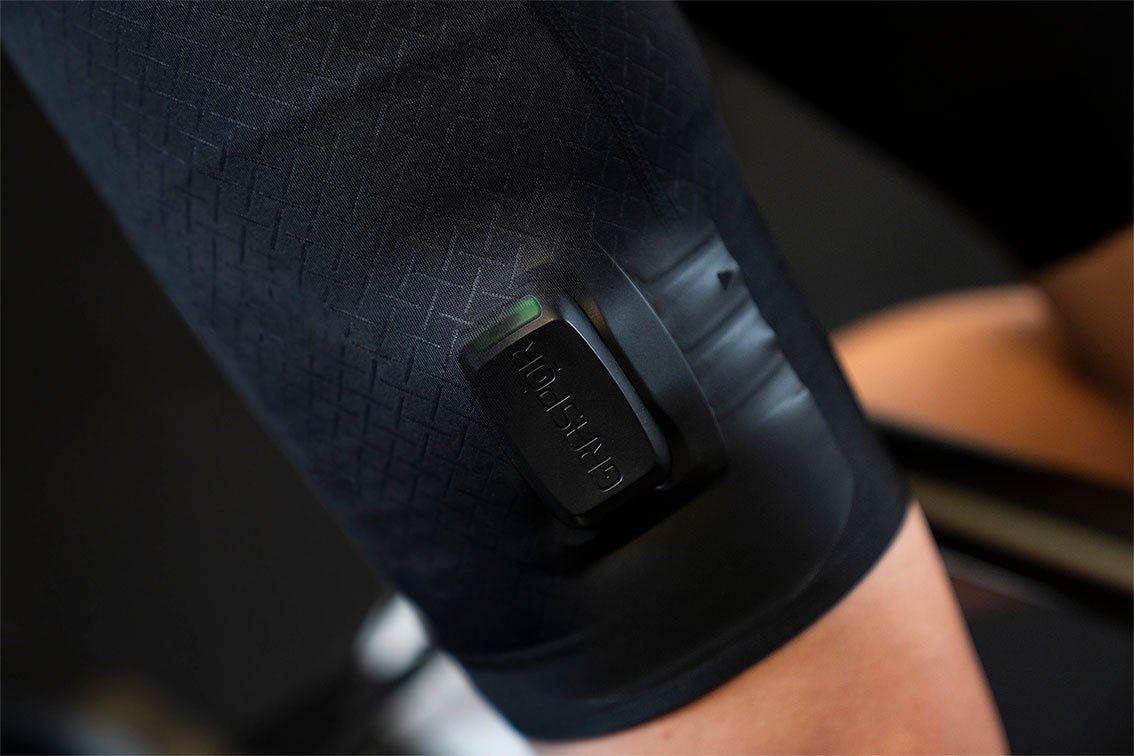
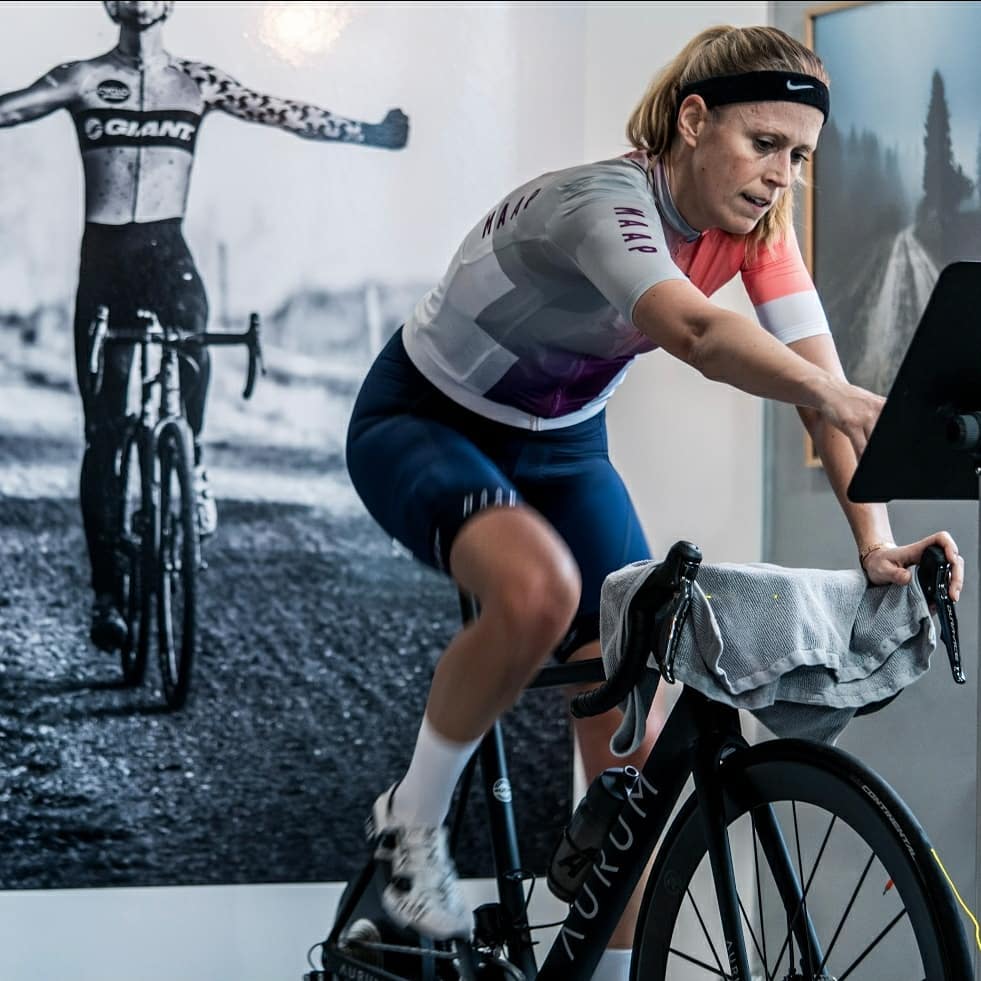
I will have a look at the future, some of my athletes will surely profitabi from this one
Hi Andreas,
Please let us know if you have any questions to GRASPOR.
Best Regards
Jesper
Pretty! This was a really wonderful post. Thank you for your provided information.